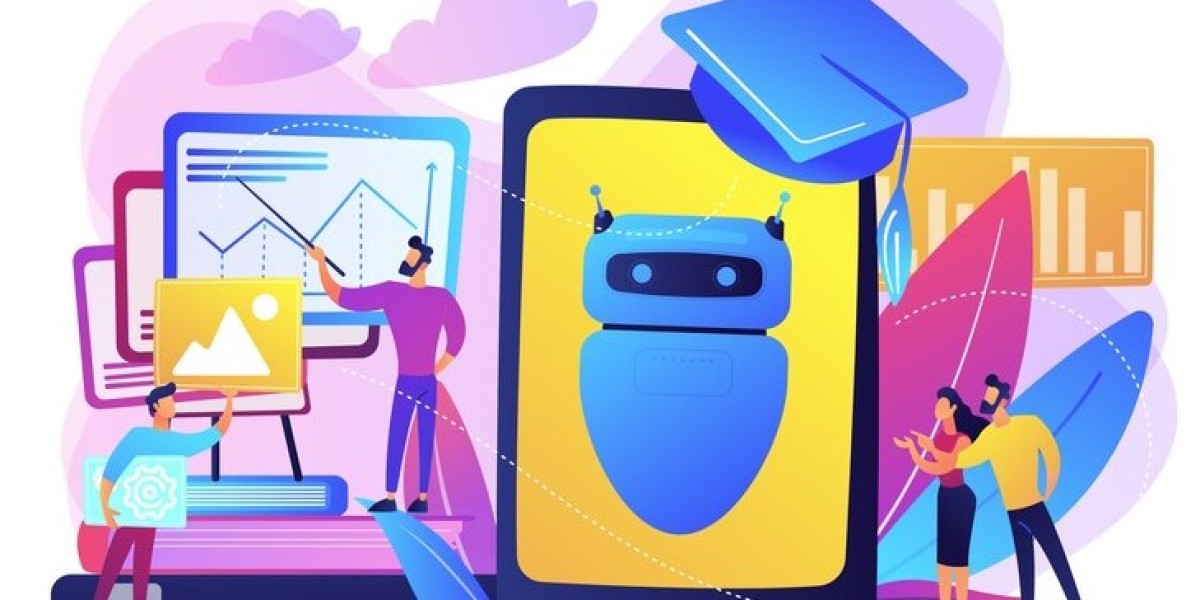In a world where creativity meets technology, generative AI is revolutionizing how we work. Imagine software that can draft articles, design graphics, and even compose music at the click of a button. It’s not just science fiction anymore; it’s happening right now.
As businesses strive to boost productivity and innovate faster than ever, integrating generative AI into daily workflows has become a game changer. From enhancing content creation to automating tedious tasks, this powerful tool offers endless possibilities for efficiency and creativity.
So, what exactly is generative AI? And how can you harness its potential in your own processes? Let’s dive in!
What is Generative AI?
Generative AI refers to algorithms that can create new content by learning from existing data. Instead of merely analyzing information, it generates original outputs like text, images, and music.
At its core, generative AI relies on deep learning models. These models understand patterns in vast datasets and use that knowledge to produce creative works. For instance, a model trained on thousands of paintings might generate a unique artwork based on learned styles.
This technology isn't limited to art or literature; it's making waves across various fields. Businesses are experimenting with it for product designs, marketing materials, and even coding assistance.
With advancements in machine learning techniques like GANs (Generative Adversarial Networks), the quality of generated content is continually improving. This ability to innovate opens up exciting possibilities for industries looking to enhance their processes and offerings.
Benefits of Using Generative AI in Your Workflow
Generative AI offers a wealth of advantages for enhancing workflow efficiency. One of its standout features is the ability to automate repetitive tasks. This frees up valuable time for employees, allowing them to focus on strategic initiatives and creative problem-solving.
Another key benefit is improved creativity. By generating fresh ideas or content based on existing data, generative AI can inspire teams when they hit creative roadblocks. Whether it’s drafting marketing copy or brainstorming product designs, this technology acts as a powerful collaborator.
Cost-effectiveness also plays a significant role in its appeal. Businesses can reduce operational costs by streamlining processes and minimizing human error, leading to better resource allocation.
Additionally, generative AI enhances personalization in customer interactions. By analyzing user data, it crafts tailored experiences that resonate more deeply with clients and customers alike. This ultimately drives engagement and fosters loyalty.
How to Incorporate Generative AI into Your Existing Processes?
Start small. Identify specific tasks in your workflow that can benefit from generative AI, such as content creation or data analysis. This targeted approach allows you to gauge the technology's effectiveness without overwhelming your team.
Next, choose the right tools. There are numerous platforms out there tailored for different industries and needs. Research options that align with your goals.
Integrate gradually into existing processes by training staff on new systems. Encourage experimentation; creativity often blossoms when team members feel empowered to explore.
Monitor progress closely. Gather feedback regularly to understand what works and what doesn’t, adjusting your strategy accordingly.
Ensure clear communication within teams about how generative AI complements their roles rather than replaces them. A culture of collaboration will foster innovation and acceptance of these powerful tools.
Challenges and Limitations of Generative AI
Generative AI has transformative potential, yet it faces significant challenges. One major concern is the quality of output. Sometimes, it generates content that lacks coherence or relevance.
Another limitation lies in data dependency. Generative models require vast amounts of high-quality data for training. If the input data is biased or flawed, the results can be misleading.
Intellectual property issues also emerge with generative AI. It's often unclear who owns the content produced by these systems, leading to legal complexities and disputes.
Furthermore, integrating this technology into existing workflows isn't always seamless. Organizations may need to invest time and resources to adapt their processes effectively.
Ethical considerations are paramount as well. The risk of misuse—such as generating deepfakes or misinformation—raises questions about accountability and trust in AI-generated outputs.
The Future of Generative AI and its Impact on Different Industries
Generative AI development services are poised to revolutionize various industries. Its ability to create content, designs, and solutions is already transforming the landscape of creativity and productivity.
In healthcare, generative models can aid in drug discovery by simulating molecular interactions. This accelerates research and reduces costs significantly.
The entertainment sector may leverage AI for scriptwriting or music composition, opening new avenues for artistic expression. Imagine a world where movies are co-created with intelligent systems that understand audience preferences.
Retail could see enhanced personalization through targeted marketing campaigns generated by AI. Tailored recommendations will drive customer engagement like never before.
Manufacturing stands to benefit as well; automated design processes can optimize production efficiency while reducing waste.
As these technologies evolve, they will redefine roles across sectors—challenging us to rethink human-AI collaboration in an ever-changing digital landscape.
Conclusion: Is Generative AI Right for Your Business?
As businesses navigate the complexities of a digital-first world, generative AI presents both opportunities and challenges. Its ability to automate tasks, generate content, and enhance decision-making processes can lead to increased efficiency and innovation.
However, it’s essential to evaluate whether this technology aligns with your specific needs. Consider your industry, workforce readiness, and overall goals before diving in. While many organizations have successfully integrated generative AI into their workflows, others may find that traditional methods work better for them.
Reflect on how automating certain processes could free up valuable time for creativity and strategy within your team. Weigh the potential benefits against any limitations you might face—such as data privacy concerns or reliance on algorithms that may not fully understand human nuance.
Understanding generative AI's capabilities will help you decide if it's a fit for your business model. Embrace the possibilities while remaining mindful of its implications. The journey towards integrating this innovative technology is yours to shape; make sure it complements rather than complicates your operations.









